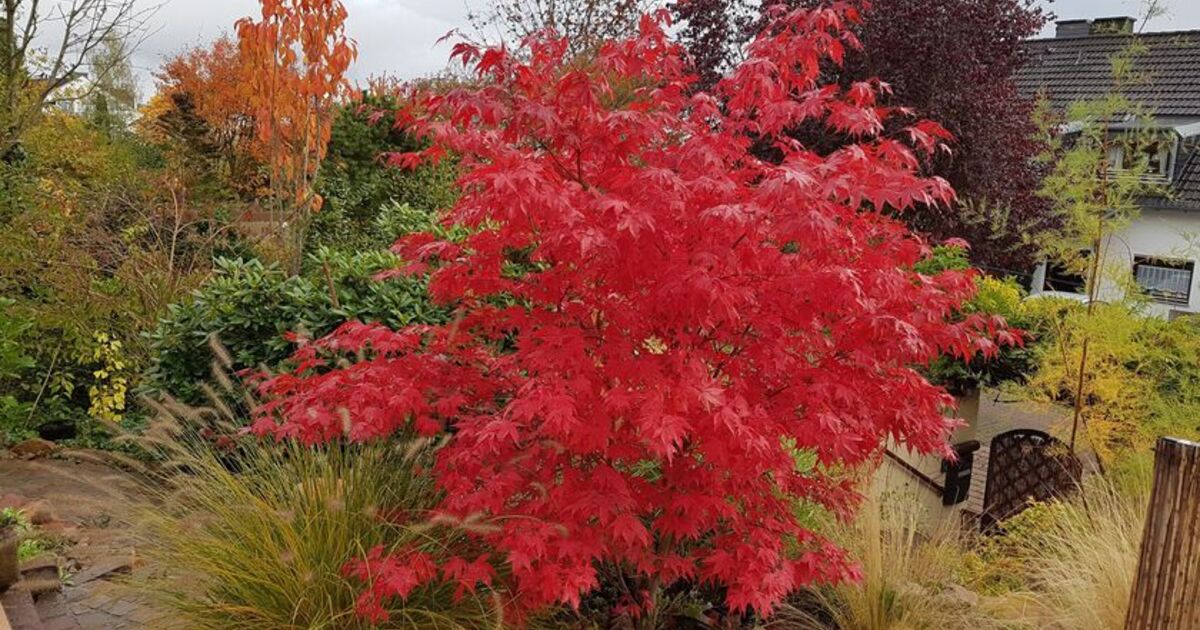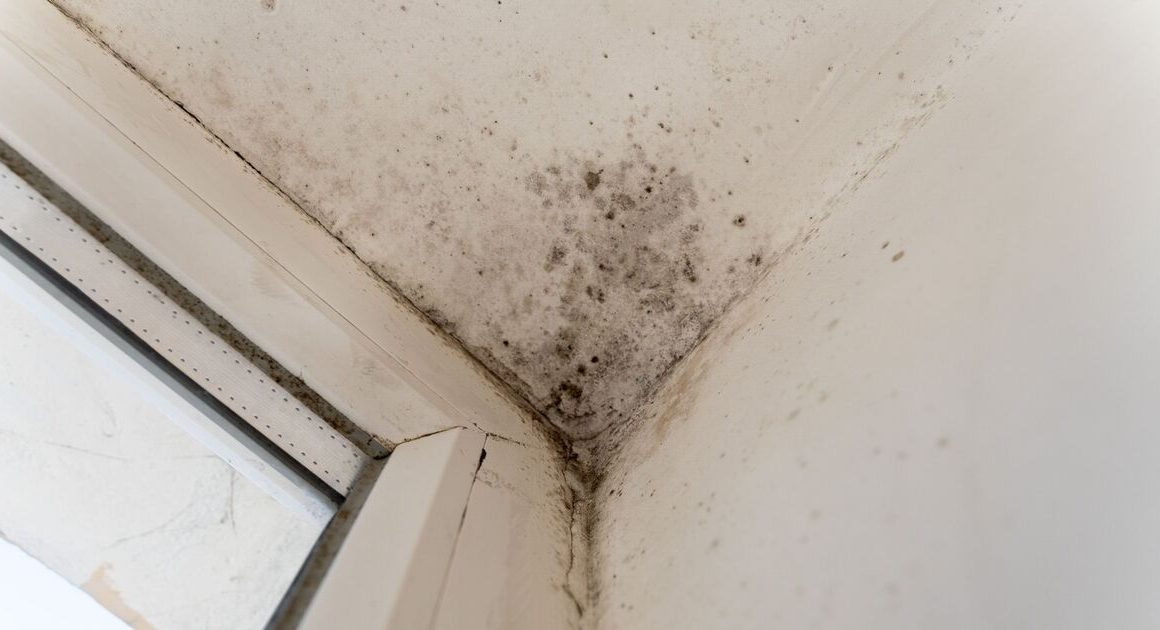Pruning can improve the health and aesthetic of so many different plants – one of them being Japanese maples. Their elegant, organic forms are instantly recognisable, whether weeping or upright.
However, most Japanese maples don’t naturally produce those stunning shapes. If left unattended, they can become overcrowded and somewhat misshapen.
The most eye-catching specimens have been pruned carefully to maintain their natural shape while enhancing their appearance.
Pruning this plant is about bringing out the best in a Japanese maple without trying to alter its overall form, essentially tidying up rather than making significant changes.
If a branch cracks or breaks, gardeners notice any growth that’s dying or diseased, or a single branch is touching their home or interfering with a pathway, they can prune it at any time.
However, for those who want to change the shape of the plant or remove large branches, gardeners have shared when the best time to do so is.
Posting a picture to the Loving Your Garden Facebook page of a Japanese maple, Nikki Allen asked: “Hi does anyone know when best to prune this? We’ve had it a few years now and this year it seems to have had a growth spurt.”
According to group members, winter is the prime time to cut back Japanese maples to “avoid bleeding sap” coming from the tree.
Alison Neale wrote: “Acers are prone to bleeding sap, so ideally needs to be done when dormant. The best time to prune them is from November until January.”
Karen James said: “It’s best pruned when it’s cold so it doesn’t lose sap and this can end up weakening the tree – and it shouldn’t need much cutting.”
Susanna Lincoln urged: “No, don’t prune it back now! It’s the growing season so best left for now. Start pruning it in winter.”
Janet Lewis said: “I would wait till leaves have fallen and dormant trim a little just for shape in December.”
Expert advice says that when trees are in their dormant phase during winter, gardeners will find it easier to judge the tree’s natural shape without the leaves getting in the way.
Come pruning time, the guidance is clear – remove only the wrongly placed or crossing shoots to encourage a well-structured array of branches.
If height or width reduction is necessary, gardeners should trace back the long branches to the side branches and make the cut at that juncture.
Always snip back to a strategically placed side branch and avoid leaving stubs behind, as they tend to decay and cause the tree to die back.










